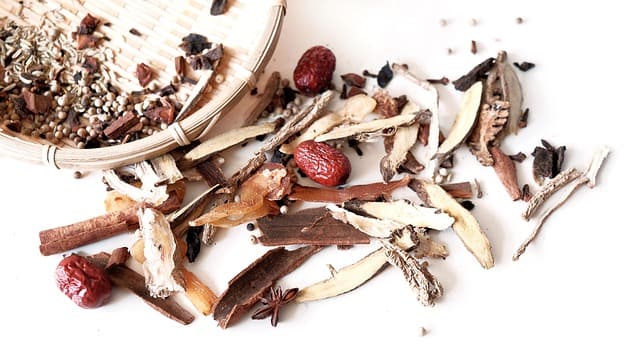Chinese herbal medicine is a crucial part of Traditional Chinese Medicine (TCM). It has a long uninterrupted history of development in China and other parts of East Asia.
The origins of Chinese herbalism can be traced back to few thousands of years ago, making it the oldest health care modality to date.
Using herbal medicine provides a holistic approach for the treatments as well as the prevention of the disease. Most diseases or illnesses present with a core set of recognizable signs and symptoms, but the actual presentation of a particular disease or illness will vary from person to person. For this reason, patients with similar health conditions may be prescribed different Chinese herbs.

Today, there are around 500 different substances that are commonly used in Chinese herbal medicine. In Canada, most of the Chinese herbal medicine prescriptions have plant origins.
Some Chinese herbs may be familiar to all of us. For example teas, ginger, garlic, cinnamon, chrysanthemum, peony flowers (found in our gardens). But most of the substances used in Chinese herbalism are not generally familiar to the public, for example, Chai Hu (bupleurum), Di Huang (Rehmannia) and Huang Qi (Astragalus). In this modern age, most substances from endangered species and other animals have been replaced by other similar-acting remedies. species and other animals have been replaced by other similar action remedies.

